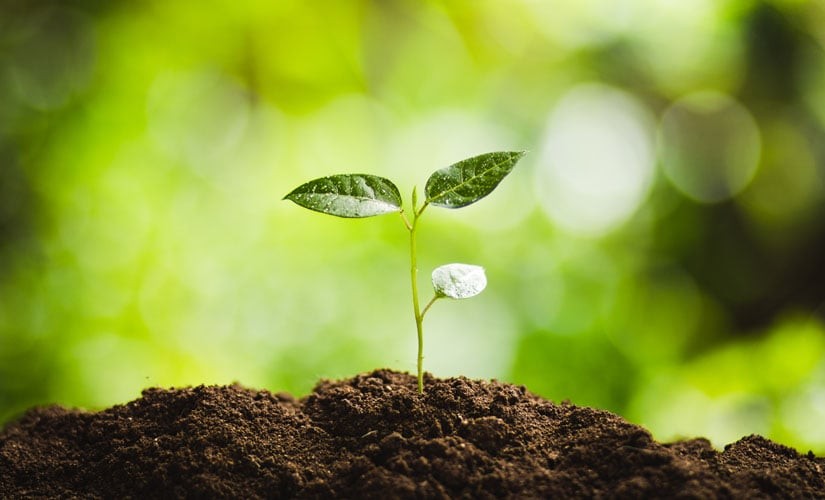
Many kamaaina residents know that the health of our aina (land) and its entire ecosystem is intertwined with our physical and mental well-being. With this knowledge, we know how essential it is to care for our precious planet. Earth Day, April 22nd, is a great time of year to promote sustainability efforts on our islands and the earth. It is an opportunity to reflect on how our own health and quality of life is greatly impacted by the health of our environment. And maybe, even more importantly, a time to begin taking steps towards protecting our planet for future generations.
Some major environmental issues:
Consumption
- The United States makes up less than 5% of the global population, yet uses about a quarter of the world’s fossil fuel resources—burning up nearly 25% of the coal, 26% of the oil, and 27% of the world’s natural gas.1
Fresh Water
- Over population, demand, and pollution from industry has left one third of the world’s population without access to clean, fresh water.
Oceans
- According to the local environmental group, Beach Environmental Awareness Campaign Hawaii (B.E.A.C.H), “Marine debris from the "Great Pacific Garbage Patch" washes up daily on Hawaii's shorelines. The “Great Pacific Garbage Patch”, also called the North Pacific Subtropical Gyre, is an accumulation zone in the Pacific Ocean of marine debris covering an area twice the size of the United States of America. Currents and on-shore wind and waves bring marine debris to the Hawaiian Island chain where it is mostly found washed up on the windward (eastern) sides of the islands. Marine debris is found on the main Hawaiian Islands - Oahu, Hawaii, Lanai, Kauai, Molokai, Kahoolawe, Niihau and Maui as well as the Northwestern Hawaiian Islands.”2
- Researchers at UC Santa Barbara have recently estimated 4.8 million metric tons of plastic waste enter the oceans from land each year, and that figure may be as high as 12.7 million metric tons.3 China is the most egregious offender, discarding nearly 30 percent of the world’s ocean-bound plastics, according to a new study analysis published by Science magazine.4
Climate Change
- Climate change affects the social and environmental determinants of health – clean air, safe drinking water, sufficient food, and secure shelter.
- Between 2030 and 2050, climate change is expected to cause approximately 250,000 additional deaths per year from malnutrition, malaria, diarrhea, and heat stress.5
Loss of Biodiversity
- Human activity has destroyed and continues to destroy the habitats of species on a daily basis. Exterminating different species affects the link between all organisms on Earth, the “web of life” that binds each into an interdependent ecosystem, in which all species have their role. The fewer the species remaining on this planet, the weaker our own existence.6
How You Can Help
- Eat Local. Eating local is one of the most sustainable ways to shop. Locally grown or made food requires less energy and resources to produce. It also produces less waste, reducing pollution.
- Choose Organic. Organically grown foods are a better choice for the environment. Pesticides used in non-organic farming are linked to declining populations of bees, butterflies, fish, birds and more. In addition, overuse of chemical fertilizers contaminates ground water supplies and damages the health of the soil. In contrast, organic farming methods help conserve soil fertility and biodiversity naturally by replenishing soils with compost and mulch, and by choosing farming techniques known to improve the health of the entire ecosystem.
- Buy “bulk.” Save money and help save the planet by purchasing products in bulk quantities to reduce packaging. Buying in bulk reduces unnecessary packaging that otherwise would go into the landfills. It enables shoppers to purchase as much or as little of a product they want, without paying a penalty for a small quantity. Purchasing foods in bulk quantities saves you money because you get to buy what you want without paying for expensive advertising and packaging that drives up costs.
- Eat more plant-based. The United Nations and many leading environmental organizations—including the National Audubon Society, the WorldWatch Institute, the Sierra Club, and the Union of Concerned Scientists—have recognized that raising animals for food damages the environment more than just about anything else that we do. In its 2006 report, the United Nations said raising animals for food generates more greenhouse gases than all the cars and trucks in the world combined. Most of it comes from methane gas generated by manure.7 Down to Earth provides a variety of resources to make it easier for consumers eat more plant-based foods. Check out our “Go Veggie” and “Recipes” sections and take advantage of our monthly in-store cooking classes, see “Events” for upcoming events and classes.
- Use Paper Bags or Bring Your Own Reusable Bag. Down to Earth paper checkout shopping bags are made from 100% recycled paper, with at least 40% post-consumer content, and they are re-usable. We encourage shoppers to reduce their use of plastic and paper by bringing a reusable shopping bag.
1 "The State of Consumption Today." Worldwatch Institute. Accessed March 13, 2015.
2 Beach Environmental Awareness Campaign Hawaii. Marine Debris. Accessed March 13, 2015.
3 University of California, Santa Barbara. An Ocean of Plastic. Accessed March 13, 2015.
4 Jambeck, J.R, et al. Plastic waste inputs from land into the ocean. Science 13 February 2015: Vol. 347 no. 6223 pp. 768-771.
5 World Health Organization. Climate Change and Health. Accessed on March 13, 2015.
6 World Wildlife Fund. How does Biodiversity loss affect me and everyone else? Accessed on March 13, 2015.
7 National Geographic. Ozone Depletion. Accessed on March 13, 2015.
8 “Livestock a major threat to environment,” United Nations FAO Newsroom, Nov. 29, 2006.